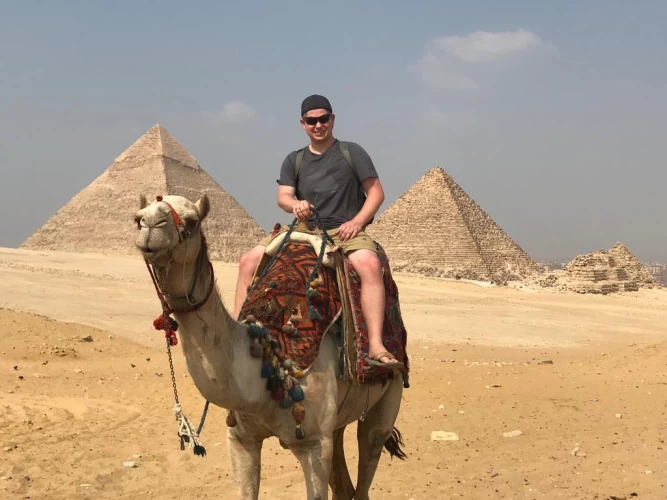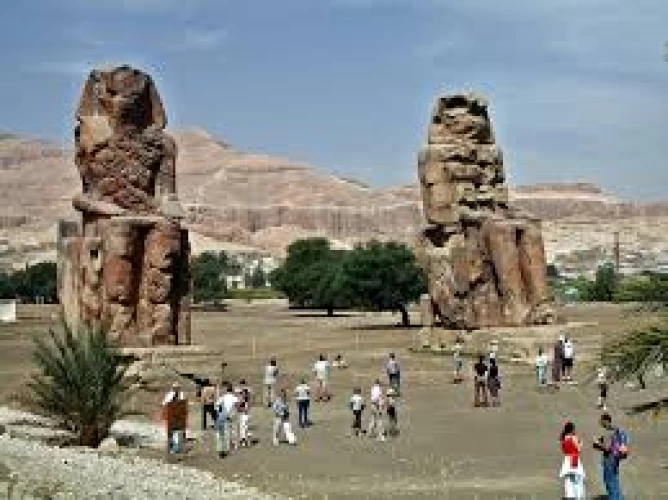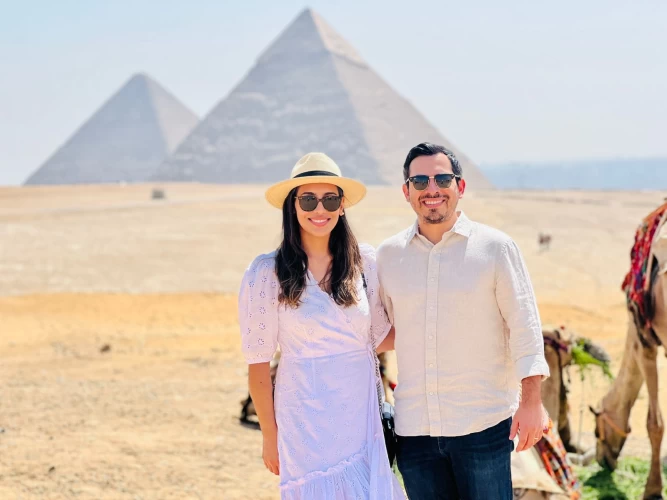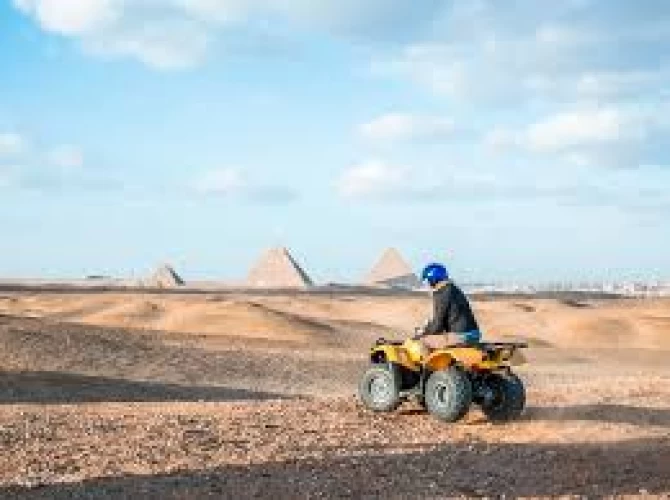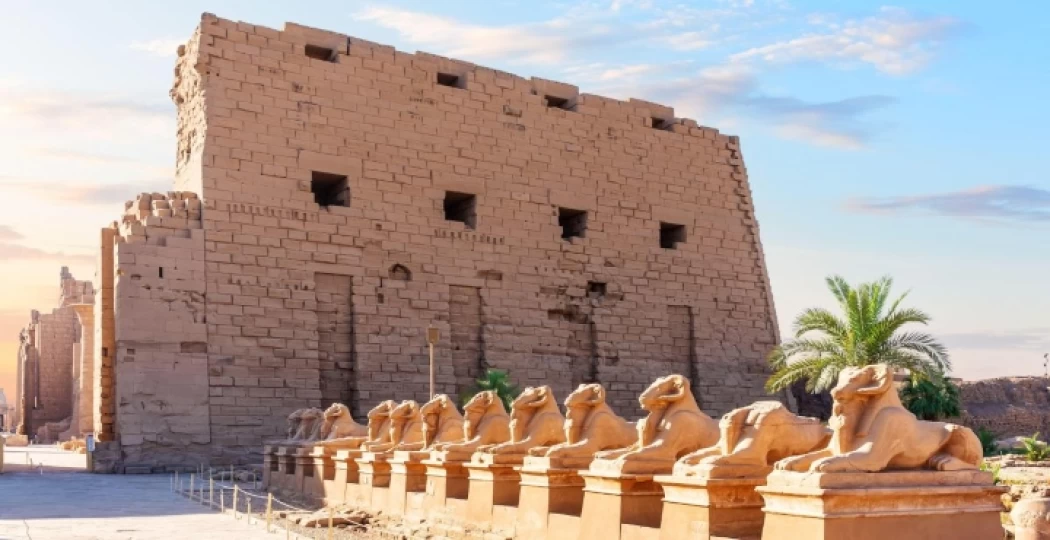
The Reviving of the Grand Avenue of Sphinxes (Rams Road)
Our Egypt Tours cater to every type of traveler, whether you’re looking for excitement or a tranquil moment by the Nile at sunset. Discover the beauty of Egypt with our exceptional day tours, perfect for those short on time. Accompanied by our knowledgeable guides, you’ll explore landmarks like the Giza Pyramids, Memphis, and Saqqara, learning about their historical importance and hearing intriguing stories about ancient Egypt.
We start our journey at the impressive Giza Pyramids, recognized as one of the Seven Wonders of the World for their massive scale and the iconic Great Sphinx.
Then, we travel to Saqqara to visit the Step Pyramid of Djoser, a striking monument made of layered stone blocks. You’ll also have the chance to see the tombs of nobles and the pyramid of King Teti. Following this, we head to Memphis, the ancient capital of Egypt, which now serves as an open-air museum filled with fascinating artefacts.
Our carefully curated Egypt Trips ensure you have an extraordinary and memorable experience. We save you both time and money by choosing the best hotels and boats for your stay. With exclusive deals from Cairo Top Tours, you can enjoy the lovely weather and breathtaking sights that Egypt has to offer.







